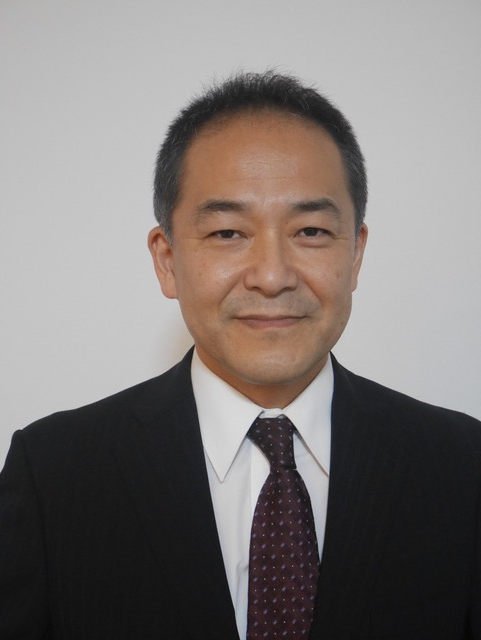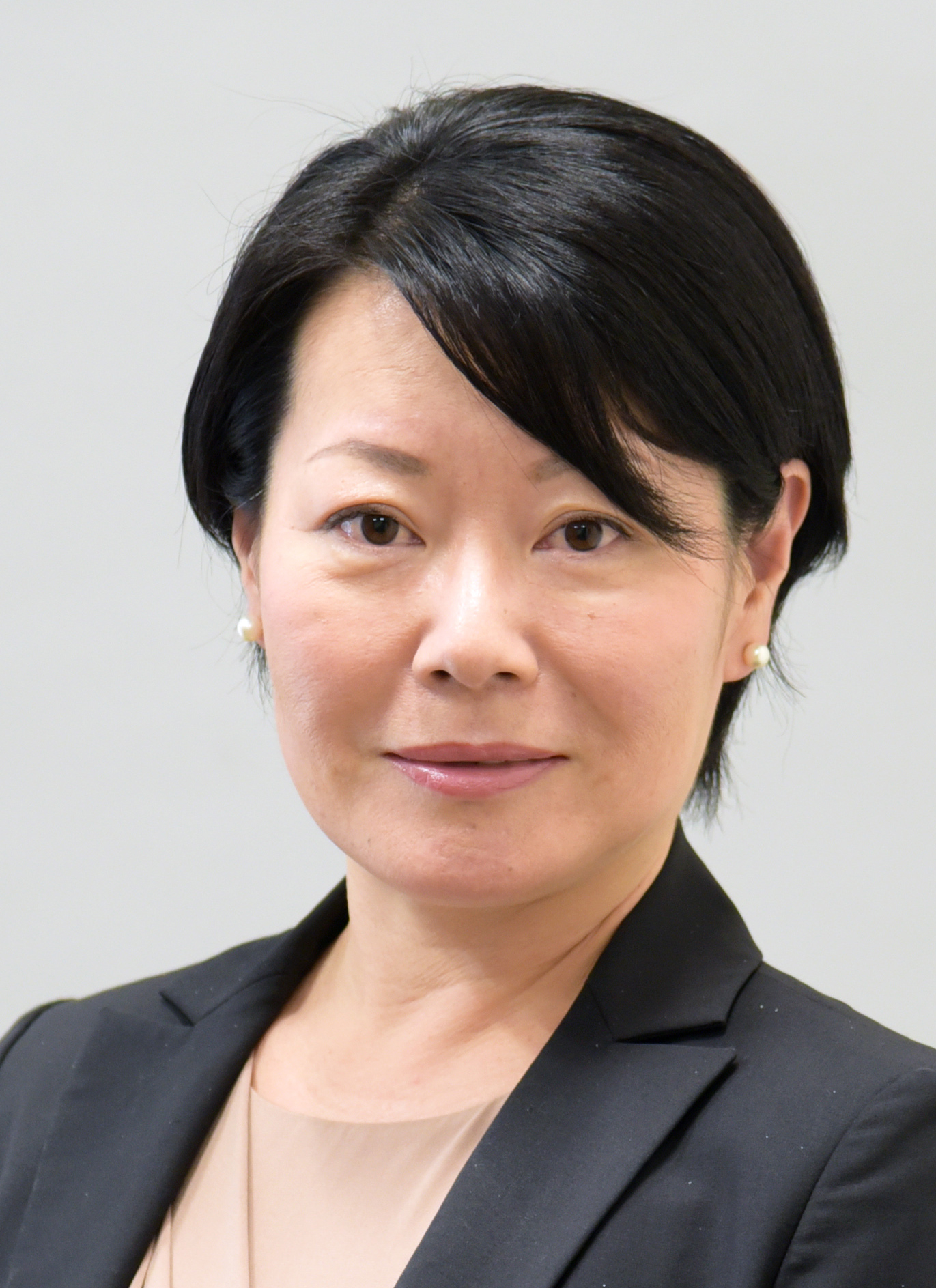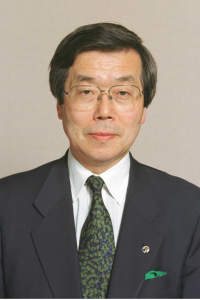ASEAN’s Problem of Declining Birthrates and Population Aging ― How to Cope with Widening Domestic Gaps

“There is strong shadow where there is much light.” ― Johann Wolfgang von Goethe. Photo: Bangkok, Thailand
ASEAN countries are facing more rapidly declining birthrates and population aging than Japan. At the same time, the widening income gaps are leading to increased social unease, and this situation is aggravated by the digital society. As regional issues shift from the economy to politics and society, how should Japan relate to ASEAN countries?

Oizumi Keiichiro, senior economist at the Japan Research Institute, Limited
Depopulation, declining birthrates and population aging are common issues not only for Japan, but for the entire Asian region. The global population will continue to increase this century, whereas Asia, including the Association of Southeast Asian Nations (ASEAN), will see populations decrease by the middle of this century. That is, Asia will become a depopulation region half a century earlier than the rest of the world.
This is because declining birthrates have been progressing throughout Asia. The total fertility rate (equal to the number of children that women give birth to in their lifetime) in Singapore, Thailand, Malaysia and Vietnam as well as Japan, China and South Korea is already below 2.1, the level necessary to keep a population stable. In relation to this number, the fertility rates in other ASEAN countries are slightly higher, but are declining noticeably. As a result, population aging will accelerate in Asia. Asian countries still seem to be young to Japan, but it is evident that they are steadily growing older. In particular, how to cope with population aging that accelerates while income levels are low is an issue that has an impact not only on the economy, but also on politics and society.
Declining birthrates change ASEAN
After World War II, the total fertility rate in ASEAN countries exceeded 5. To avoid a rapid increase in population, many governments introduced measures to curb populations, including family plans, from the 1970s until the early 1980s. Amidst the social developments that followed, the decline of fertility rates accelerated. If you look at the cause of this, you will find that the phenomena are similar to those of Japan, which is said to have entered the phase of an ultra-declining birthrate. For example, higher education is becoming the norm in ASEAN countries, and the cost of raising children is increasing rapidly. In addition, people’s perception of marriage has also changed: men and women in ASEAN countries tend to get married late or remain single, just like Japanese people. Because people in Asia do not tend to have children unless they are married, the tendency to get married late or stay single causes fertility rates to decline. Declining birthrates, which were considered to be proceeding in Japan, China and South Korea, are actually spreading throughout Asia.
Needless to say, unless the brakes are put on this trend of declining birthrates, a workforce shortage will result. Singapore and Malaysia, whose population scale is small, were affected by the workforce shortage from an early stage. To make up for this, they accepted workers from neighboring countries. In recent years, Thailand has seen the workforce shortage become more and more severe. To make up for this, Thailand accepts workers from Myanmar, Vietnam, Cambodia and Laos for the agricultural sector as well as the manufacturing and service sectors. The percentage of the foreign workforce is over 5% (3.2 million) of the entire Thai population. Unofficial statistics show that the percentage of foreign workers is almost 10% of the entire Thai population, and they have a significant impact on society. The Thai government recognizes the workforce shortage, but has recently begun to strengthen immigration controls on foreigners.
Gaps between cities and farming villages continue to widen
Demographic changes have an impact on domestic economic gaps as well. For every country, urbanization and industrialization are the engines of economic growth. In Japan, during its high-speed economic growth period from the late 1950s until the 1960s, a massive workforce moved from rural areas to urban areas, and from agriculture to industry. This population movement prompted economic growth. In this process, many people became salaried workers (the employed) in Japan, and a comparatively equal society was formed. Baby boomers, whose population scale was particularly large, supported high-level economic growth. Subsequently, South Korea also followed the same process and achieved high-level growth.
The growth in ASEAN countries goes through different processes from that in Japan and South Korea, however. In ASEAN countries, with the exception of Singapore, many baby boomers (from their forties to their early fifties) remain in rural areas. When these baby boomers were young, urban areas or the industrial sector could not absorb them into the workforce. It was people younger than the baby boomers who supported the subsequent growth. As a result, the baby boomers remained in rural areas.
Accordingly, for these countries to be elevated to high-income countries, the key is increasing the productivity of this large-volume generation. China, Thailand and Malaysia face the middle-income trap, in which their growth rates slow down before they become high-income countries. The key to avoiding this trap is to increase productivity, including innovation. In fact, it is important to handle the productivity of this population boom generation. But it is not easy to increase the productivity of people over forty years old who live in rural areas.
On the other hand, even if a country falls into the middle-income trap, high-added-value industries are concentrated in large cities against the background of economic globalization, new industries are created one after another and growth continues. As a result, the income gaps between large cities and rural areas will widen.
For example, the per capita GDP in Thailand is 6,000 dollars. But the per capita GDP in Bangkok and adjacent seven provinces is significantly above 10,000 dollars. This level is equal to the gateway to a high-income country. On the other hand, there are many areas far from Bangkok whose per capita GDP is less than 3,000 dollars. But the population of these areas makes up 30% (20 million) of the entire population. It must pay attention to the indicator of 6,000 dollars, the nationwide average for Thailand, does not reflect either the reality of Bangkok or the reality of farming villages. In ASEAN countries, including Thailand, it is no longer possible to ascertain the realities with the nationwide average alone.
The regional gaps between urban areas and rural areas will continue to widen. Large cities, such as Bangkok in Thailand and Manila in the Philippines, continue to attract young people. On the other hand, local areas and rural areas that young people leave will lose the human resources they need in order to develop. In fact, the gaps between urban areas and rural areas are significantly affected by demographic transition. These gaps, which can be said to be the “North-South problem within a country,” will develop into domestic political and social problems.
The issue is a shift from economy to politics
The conflicts of the gaps between urban areas and rural areas, the gaps between high-income earners and low-income earners in urban areas, and generational gaps are gradually surfacing. It was lingering political unease in Thailand that showed this clearly. Up until the 1990s, Thailand was considered to be a country whose politics were the most stable of all ASEAN countries. But since the mid-2000s, supporters of former prime minister Thaksin and his opponents have continued to antagonize each other. The Thaksin camp carried out populistic measures such as the moratorium of debt repayments and subsidies to villages fund, and it has strong support bases in farming villages. That is, the political unease in Thailand is caused by domestic income gaps. On the other hand, the anti-Thaksin camp includes many urban dwellers and high-income earners. Since 2015, Thailand has been under the rule of the Prayut provisional government, which was established by a military coup. To maintain political stability, the government is forced to continue implementing populistic policies like the Thaksin administration.
In ASEAN countries, the problems are compounded because population aging is added to these regional gaps. Because fertility rates are decreasing rapidly from a high level among developing countries to a level that is equal to those of developed countries, population aging will accelerate from the point in time when baby-boomers grow old. It will surpass Japan, where population aging is said to be occurring the most rapidly in the world.
As mentioned above, in ASEAN countries, baby boomers continue to remain in low-income areas. Hence, high-income earners who live in cities or companies have to pay for the social security costs that support the lives of baby boomers. If measures for redistributing income to low-income earners, including social security systems, are introduced, high-income earners will criticize them, claiming that they are populistic policies. At the same time, cities need to build large-scale infrastructures to maintain economic growth. ASEAN countries cannot issue such large-scale bonds as Japan issues as the financial sources for these. The key to sustainable growth in ASEAN countries is to secure financial sources. The governments of ASEAN countries are required to secure financial sources in a way that will not intensify domestic conflicts. The governments of ASEAN countries will be asked by its people what the country can do for them.
The issue of ASEAN is a shift from the economy to politics.
Digitalization fosters populism?
Many ASEAN countries have achieved the democratization of politics amidst economic growth. Because of the progress of this democratization, some politicians have begun to put forward the correction of income gaps as campaign pledges. Some of those pledges are populistic policies that are unlikely to be sustainable.
Issues regarding gaps can be intensified by digitalization. The popularization rate of mobile phones in ASEAN countries is equal to that of Japan. Many people have obtained inexpensive smart phones rapidly, and can find out what is going on immediately in real time through the Internet. The age of digitalization is an age in which everyone can find out, at any time they like, about the reality of income gaps, measures against them and discussions about the situation.
It has already become common for politicians in ASEAN countries to put forward campaign pledges on substantial support measures for low-income earners, the majority, to increase approval ratings. This is the case with the former Thaksin government in Thailand. The current Prayut provisional government has a similar policy. Philippine President Duterte also made a pledge to prioritize domestic issues and gained high approval ratings by implementing such policies.
For half a century since its establishment, the expansion of ASEAN has been supported by politics and a society that are comparatively stable. In addition, as a result, ASEAN achieved the free trade area, which was initially considered to be impossible, and has led Asian free trade. ASEAN established the ASEAN Economic Community at the end of 2015, and is currently aiming for further integration toward 2025. The path taken will differ from the path taken to date, however. Because each ASEAN country must deepen its integration for coping with domestic issues, such as gaps. Up until now, ASEAN has taken the ASEAN way of proceeding with gradual integration on the basis of the principle of non-interference with internal political affairs. If ASEAN could not take appropriate measures, however, this may undermine the bonds of ASEAN.
With regard to this point, there may be a negative impact on the solidarity of ASEAN due to the fact that the United Kingdom wanted to leave the solid framework of the European Union through Brexit and that the United States, the largest economy in the world, declared that it would walk away from the framework of multi-lateral trade arrangements. It cannot be totally denied that the dissatisfaction with gaps that is occurring within ASEAN may lead to anti-globalization policies.
Japan’s measures
Maintaining the cohesion of ASEAN is essential for sustainable growth in East Asia, including Japan. Accordingly, Japan should avoid the policies of ASEAN countries to become inward-looking and make an effort to show a path to further promote free trade. For example, negotiations for the Regional Comprehensive Economic Partnership (RCEP) will be the arena for this. Given the fact that ASEAN has managed itself in a loose framework up until today, Japan should not immediately ask for high-quality contents. This is because if Japan asks for elaborate contents, the cohesion of ASEAN may be broken. It will be important for Japan to respect the ASEAN way of starting from what can be done, present the process of gradually increasing quality and build agreements.
In recent years, Japan has been increasingly competitive against China over ASEAN in terms of business and aid. In terms of business, Chinese companies such as Alibaba, Tencent and Huawei have been remarkably strong. It is not a good policy to confront them openly. It is important for Japan to make flexible use of the two-front strategy involving competition and co-prosperity.
This is also the case with aid and assistance. China includes ASEAN in its One Belt, One Road initiative and has been active in building infrastructures in recent years. In Thailand, for example, Japan will build a high-speed railway connecting Bangkok and Chiang Mai, and China will build a high-speed railway connecting Laos and Bangkok. Looking at this, ASEAN wants to receive aid in a well-balanced manner instead of choosing Japan or China. In this respect, Japan needs to narrow down aid to the level Japan can show the advantage. In some cases, it may be effective for Japan to cooperate with China in terms of aid. Japan should avoid inconsiderate and unnecessary competition.
Lastly, I would like to say that the twenty-first century is an age in which digital changes everything, and that it is an age for regime changes. We live in an age when good ideas and business models enable us to procure capital from all over the world. For example, it is now possible to receive remote medical diagnoses via smart phone. It is also possible to use a bi-taxi to transport supplies by way of a car-arrangement application. Electronic settlements of accounts by smart phone are becoming more common in countries where banks are less developed. ASEAN also is seeing a major economic and social transformation due to the popularization of digital technologies. This contributes not only to creating new businesses but also to reducing administrative costs, such as social welfare. ASEAN may be able to use digitalization to reduce the burden of the aging society that it is facing. ASEAN countries are particularly sensitive to digitalization and are keen to develop startups that are competitive in terms of digital technology.
From now on, the significance of the cohesion of ASEAN will be largely to share experience-based values. The experience of the mistakes made by Japan, which precedes ASEAN in terms of declining birthrates and population aging, will be a significant help, and ASEAN countries have a keen interest in it. The form of aid and assistance will change in the digital economy age. It is important for Japan to think and learn.
Translated from “Shoshi-ka ni chokumen suru ASEAN no kuno — Kakudaisuru kokunai kakusa ni do taisho suruka (ASEAN’s Problem of Declining Birthrates and Population Aging ― How to Cope with Widening Domestic Gaps),” Gaiko (Diplomacy), Vol. 45 Oct., 2017 pp. 66–71. (Courtesy of Toshi Shuppan) [October 2017]




